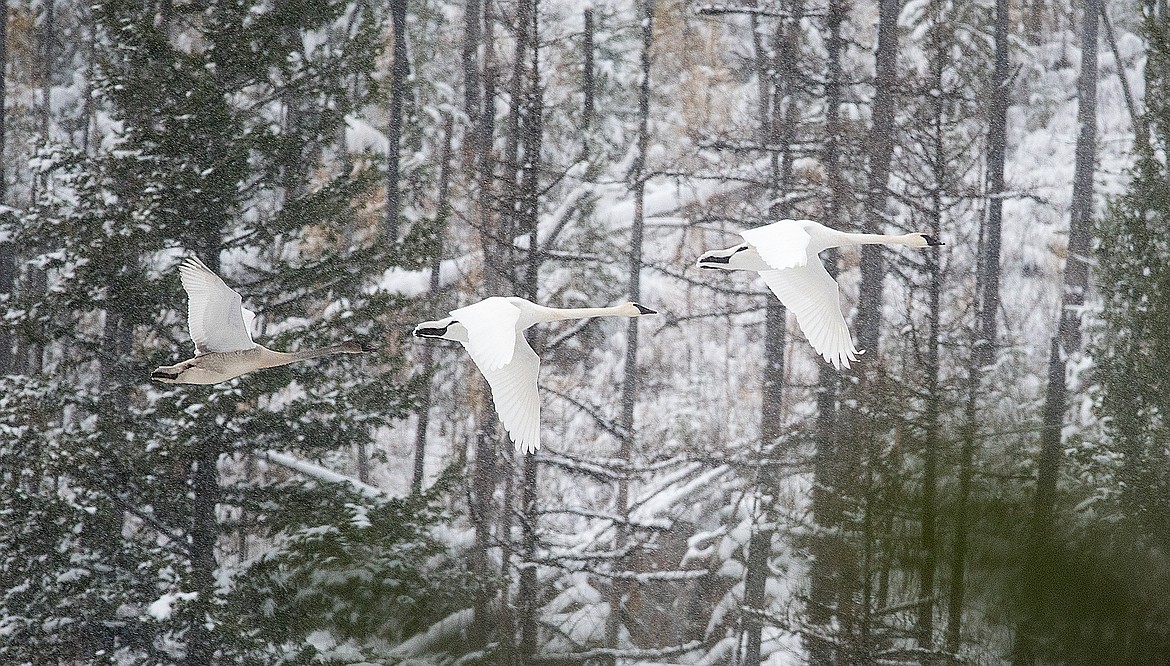Climate change, habitat loss threaten iconic bird species
Etched in the early score of Beethoven’s “Pastoral Symphony” are the names of several birds whose songs are reminiscent of various instruments in the piece’s second movement. A flute trill echoes a nightingale’s harmony, which is soon followed by a quail-inspired oboe and both instruments are later joined by a clarinet, which the composer labeled on paper as sounding similar to a cuckoo...
Become a Subscriber!
You have read all of your free articles this month. Select a plan below to start your subscription today.
Already a subscriber? Login




